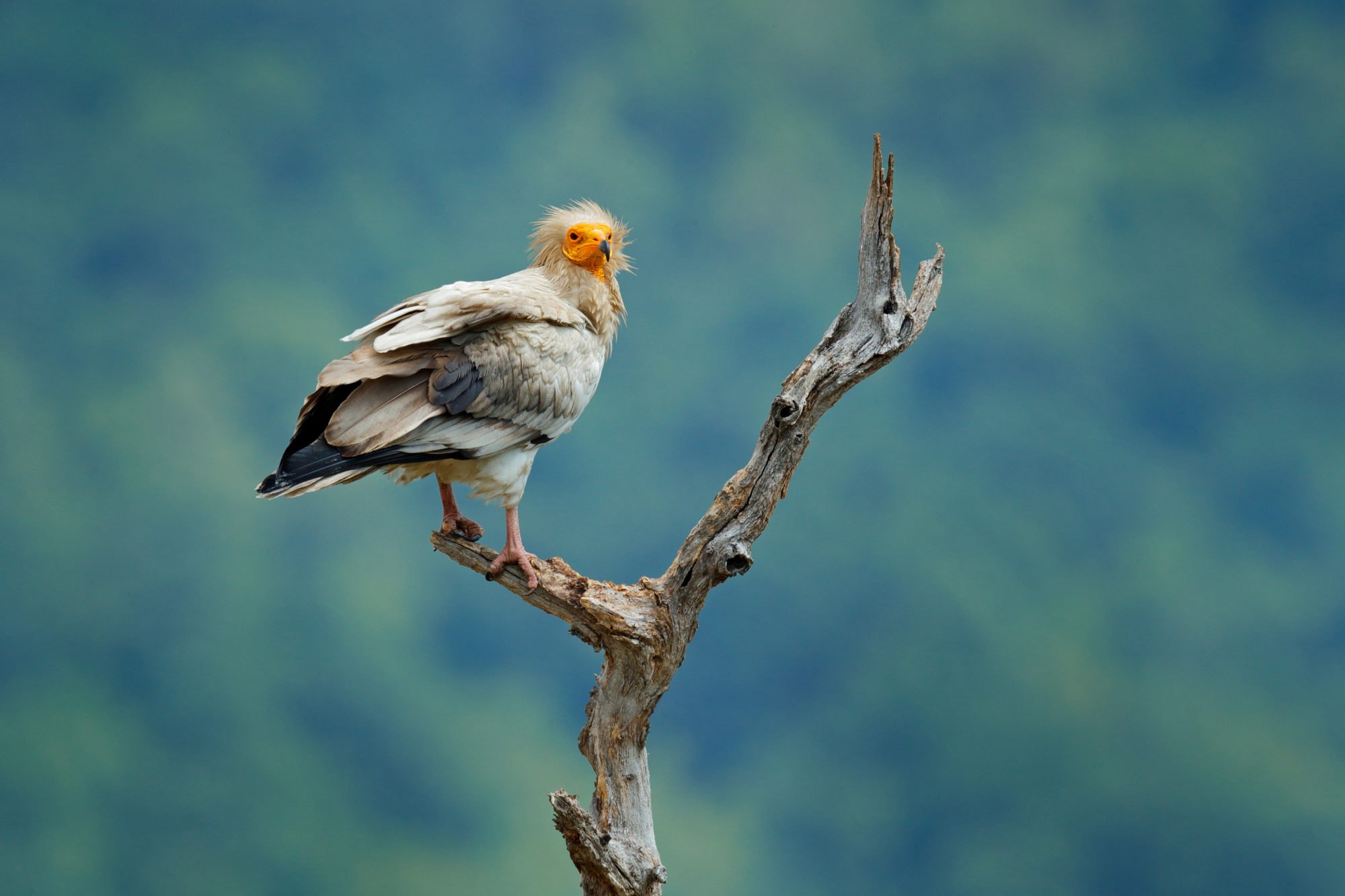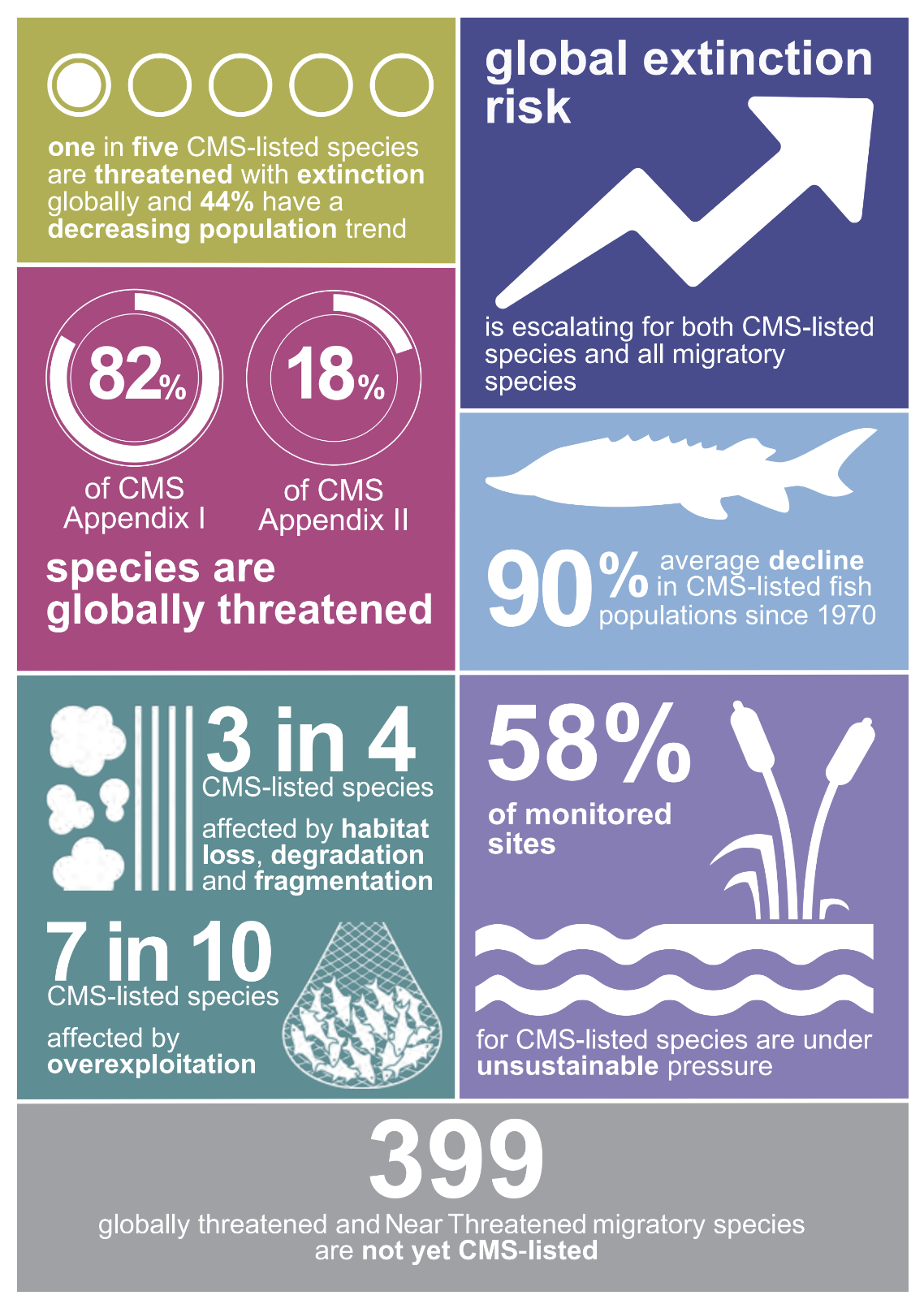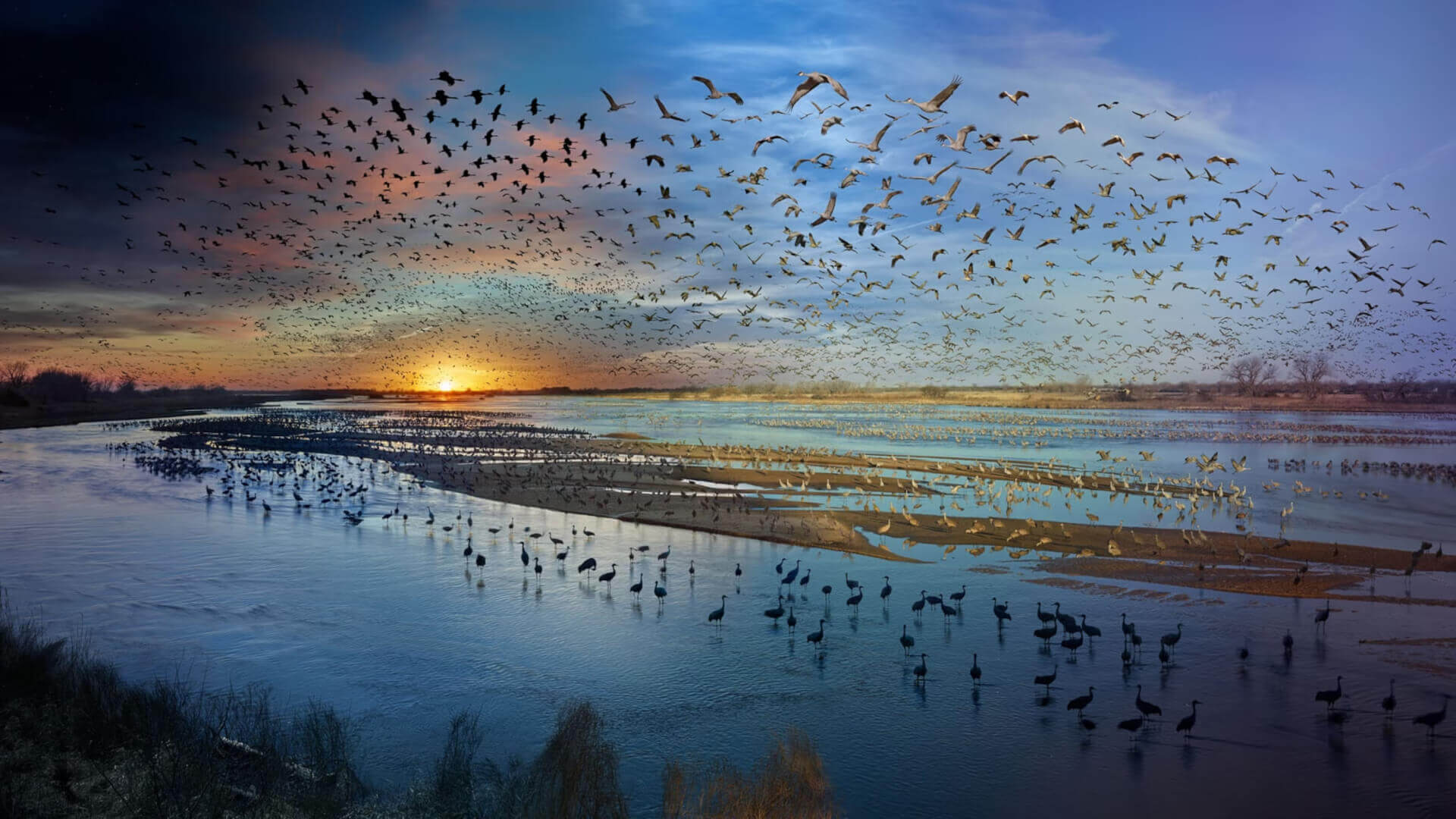In a “shocking” study, the UN has revealed for the first time that nearly half of all migratory species (44%) are showing population declines and their extinction risk is increasing.
Statecraft was able to access a summary of the report. The complete findings — the first-ever State of the World’s Migratory Species report — was launched at an event in Samarkand, Uzbekistan on 12 February at the time of publication of this article. No such comprehensive study on migratory species has been previously carried out.
The study found that 22% of migratory species listed in the UN Convention on the Conservation of Migratory Species of Wild Animals (CMS) are threatened with extinction. However, it warned that the “extinction risk is growing for migratory species globally, including those not listed under the CMS.” This includes 97% of all CMS-listed fish.

"Most worryingly, nearly all CMS-listed species of fish – including migratory sharks, rays and sturgeons – are facing a high risk of extinction, with their populations declining by 90% since the 1970s," the study found.
The report notes that during the last three decades, 70 CMS-listed migratory species, including the steppe eagle, Egyptian vulture and the wild camel, have become more endangered. “This contrasts with just 14 listed species that now have an improved conservation status.”
Threat of Human Activity
The report attributes a huge part of this risk to human activity, including a failure to protect CMS sites. It noted that 51% of Key Biodiversity Areas identified as “important” for CMS-listed migratory species “do not have protected status.” Furthermore, 58% of monitored sites for CMS species are “experiencing unsustainable levels of human-caused pressure.”
The two greatest threats to all migratory species are overexploitation and habitat loss due to human activity. “Climate change, pollution and invasive species are also having profound impacts on migratory species,” the report found.

It also added that 399 migratory species threatened or near-threatened with extinction are “not currently listed under the CMS.”
“The global community has an opportunity to translate this latest science of the pressures facing migratory species into concrete conservation action,” Inger Andersen, Executive Director of the United Nations Environmental Programme, said. “We cannot afford to delay,” she warned, adding that the global community “must work together” to decrease the extinction risk.
Recommendations:
The report issued a set of ‘priority recommendations’ for global action. This includes:
• Strengthen efforts to tackle illegal taking of migratory species
• Effectively manage important sites
• Scale-up efforts to tackle climate change
• Expand CMS listings to include more at-risk migratory species

The report was prepared for CMS by conservation scientists at the UN Environment Programme World Conservation Monitoring Centre (UNEP-WCMC). It uses the world’s most robust species data sets and features expert contributions from institutions including BirdLife International, the International Union for Conservation of Nature (IUCN) and the Zoological Society of London (ZSL).
Migratory Species
Billions of animals make migratory journeys each year on land, in the oceans and in the skies, crossing national boundaries and continents, with some travelling thousands of miles across the globe to feed and breed. Migratory species play an essential role in maintaining the world’s ecosystems, and provide vital benefits, by pollinating plants, transporting key nutrients, preying on pests, and helping to store carbon.
The Convention on Migratory Species, also known as the Bonn Convention, is an environmental treaty of the UN that provides a global platform for the conservation and sustainable use of terrestrial, aquatic and avian migratory animals and their habitats.

